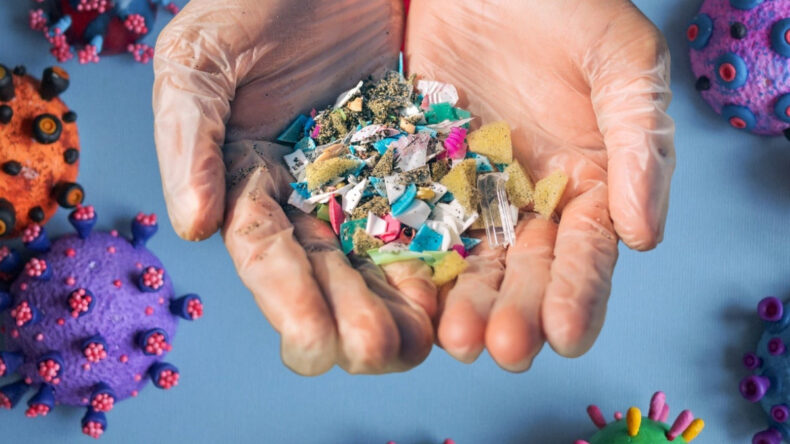In a new study, researchers have found evidence suggesting that microplastics may be as prevalent inside the body as they are in the environment.
According to the findings published in the International Journal of Molecular Science, the researchers discovered that these minute plastic particles amassed in all the tissues they investigated, including even within the innermost regions of the brain tissue.
To investigate this, mice were exposed to varying levels of microplastics through their drinking water, and the study assessed the impact of these tiny plastic particles on both their organs and behaviour.
Microplastics are tiny plastic particles that are less than 5 millimeters in size, often barely visible to the naked eye. They are a result of the fragmentation and breakdown of larger plastic items, such as packaging materials, bottles, clothing, and even car tires, through various environmental processes like weathering, sunlight exposure, and mechanical abrasion. Additionally, some products, like certain cosmetics and personal care items, contain microplastics as additives.

Microplastics reaches brains, raising Health Concerns
In 2019, Canadian scientists conducted a study that estimated human consumption of microplastic particles at an annual range of 39,000 to 52,000, with variations based on age and gender. The extent of consumption could substantially rise when considering factors such as the choice between tap water and bottled water, as the latter exposes individuals to higher levels of microplastics.
The study revealed that microplastics were detected not only in the digestive system but also in tissues like the heart and lungs, indicating potential systemic circulation in the body.
Furthermore, the research observed behavioural changes similar to dementia in humans, especially in older mice, after three weeks of exposure to microplastics. This discovery raised questions about the long-term effects of microplastics, particularly in aging individuals. Researchers expressed the need for more investigations to understand how microplastics can affect the brain, given their potential to decrease a protein crucial for brain cell processes.
Some studies suggest a link between microplastic exposure and adverse health effects such as hormonal disruption, immune system alterations, and oxidative stress. Additionally, microplastics could act as carriers for harmful chemicals, compounding their health risks. While further research is needed to fully understand these impacts, reducing plastic pollution and minimizing exposure to microplastics is advisable to safeguard public health.













